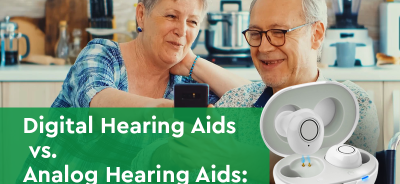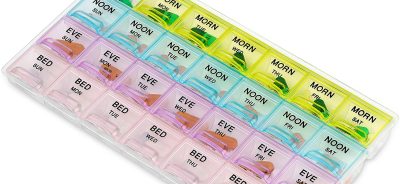Blog Post
Benefits Of Broad Frequency Hearing: Better Hearing In Noise
Hearing and understanding sound are different issues for most people. Oftentimes, people who wear hearing aids will say, “I can hear him, but I can’t understand him.” This challenge is especially pronounced in noisy situations, like a restaurant with clinking glasses and plates, or a bowling alley where sounds reverberate throughout a large space with sound reflecting hard surfaces on the walls, floor and ceiling.
It is often difficult to focus on a specific person’s voice when there are a lot of other noises in the background. When we have normal hearing, our brain can automatically zero in on conversations we want to hear, regardless of whether people are speaking in front of, behind, or next to us. However, this becomes harder when we have hearing loss, in part because of changes in our ability to detect sounds that are close together in frequency and detect softer sounds.
Hearing loss typically occurs first in the high frequencies. Yet, these are the frequencies that make it easier to understand speech, as the high-frequency consonant sounds are the signals that help us to distinguish one word from the next. Sounds in this frequency range also help the brain to more precisely separate sounds in loud situations, which ultimately helps with understanding speech in noisy situations. A great example of this effect is reflected in a 2015 study by Suzanne Levy, which found that hearing in the extended high-frequency range improves speech reception thresholds, (the minimum loudness at which a person can understand 50% of spoken words), in situations with multiple people speaking.
A significant improvement in speech understanding was observed when study participants were able to hear a broader range of frequencies. Specifically, the improvements occurred after the frequency bandwidth was extended from 4 Hz or 6 Hz up to 10 kHz. With conventional hearing aids, it is typically difficult to provide meaningful audibility above 5-6 kHz.However, a Hearing Aid can provide useful amplification all the way out to 10 kHz, even for patients with severe hearing loss. Not surprisingly, a clinical study found that Earlens improved hearing in noisy environments, while 84% of study patients reported that Earlens made it easier to carry on conversations in noisy settings.




























